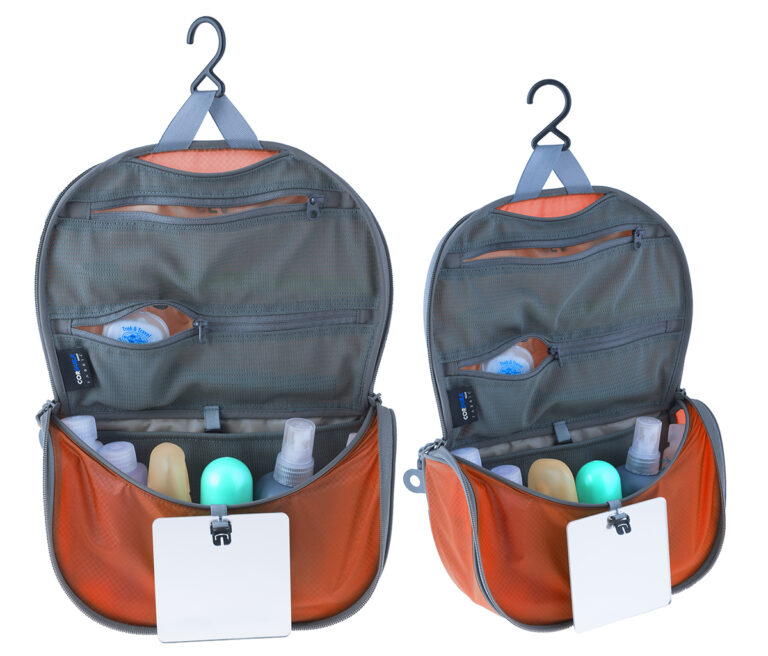OVER THE LAST FEW YEARS, bike manufacturers have released a handful of bikes that are designed around internal-geared hubs. Internal-geared hubs use planetary gears inside the rear hub instead of an exposed derailleur system to provide a useful gear range on a bike. The benefits of internal-geared hubs over a traditional derailleur system are suited to commuter-style bikes: they are lower maintenance. Due to the fixed chain line, it’s easy to cover them with a chain guard, or better, a chain case, and they can be shifted without pedaling (e.g., while stopped at a light). There are two drawbacks, however. First, changing out a flat tire on an internal-gear hub takes some practice to do quickly and efficiently. Secondly, the hubs weigh a lot. But if you compare the weight to a typical derailleur bike, the internal gear hub replaces one shifter, two derailleurs, at least one chain ring, and some chain, so the overall weight difference is not really huge. It’s just that more of the gear-related weight is localized around the rear hub, instead of spread across the bike.
In most cases, the big bike makers have historically designed a certain style of bike around internal-gear hubs. These bikes have been more relaxed in their design, encouraging a more upright riding position. There are plenty of people and scenarios where such a relaxed bike makes a lot of sense. But it’s exciting to see a few internal-geared bikes in the 2011 line up with a more aggressive design.
Here are two interesting internal-geared bikes that are new this year.
Trek Waubesa: costs about $770 – The basic design of the Waubesa is often referred to as a “flat bar road bike.” Flat bars are typically associated with mountain bikes, but the elements that make this bike more of a road bike are the 700c wheels, a steeper front-end, and a design that encourages a bit more aero riding position.
While the geometry tends toward a road bike, the Waubesa has some features that make it more useful as a daily commuter than most road bikes offer. It comes with 32mm tires, which by road bike standards are pretty fat, but make a lot of sense for riding over the cobble of Spokane’s streets every day.
The bike comes with an 8-speed Shimano internal-geared hub that is shifted with a trigger-style thumb shifter. The frame has a sloping top tube, which allows a range of fit and provides lots of crotch clearance. This bike seems like a good candidate for cyclists that are more comfortable with mountain bike riding position and are looking for a relatively low cost entry into urban commute bikes.
Civia Kingfield: costs about $1250 – In the opinion of this cyclist, the Civia Kingfield is the most interesting urban/commute bike in the 2011 line up. There are a couple features that make this bike special. First and foremost is the belt drive. Instead of using a chain, the Kingfield has a polyurethane belt drive that engages the internal-geared hub. A belt drive does not require oil, which means you’ll never get a grease stain on your right pant leg again. Coupled with an internal-geared hub, you’re looking at a very low-maintenance bike.
According to Gates, the manufacturer of the belt drive system, the belts last more than twice as long as a standard chain, which are replaced when they stretch too much. A belt drive does not stretch. A typical replacement belt costs about $60.
Assuming the claims of durability are true, the belt drive makes a lot of sense for a commuter bike. Last year, Specialized introduced the Globe Live3, which includes a belt drive. But the Live3 is aimed more at a relaxed commuter. The Kingsfield, however, has a more traditional “sport touring” geometry and set up. And that’s the second special feature of this bike: it appears to be optimized for faster commuting, rougher riding, and longer hauls than many other commute bikes.
The build kit includes drop bars, with a bar-end shifter. Rack, fenders and a chain/belt guard are also included. The bike comes with 32mm tires, but can take tires all the way up to 42mm wide! By designing a bike that can take such fat tires, the Kingsfield can be used for a wide range of conditions in addition to your daily commute: dirt road exploring, snow and ice riding, trail riding, camping. This is a versatile bike.
The Civia brand is a house brand of Quality Bike Products (Surly is another), which is the largest bike-stuff-related distributer in America, so any bike shop can order one. Hopefully, we’ll see a few stocked around town this spring so potential buyers can test ride them before taking the leap.
John Speare grew up and lives in Spokane. He rides his bike everywhere. Check out his blog at http://cyclingspokane.blogspot.com.












